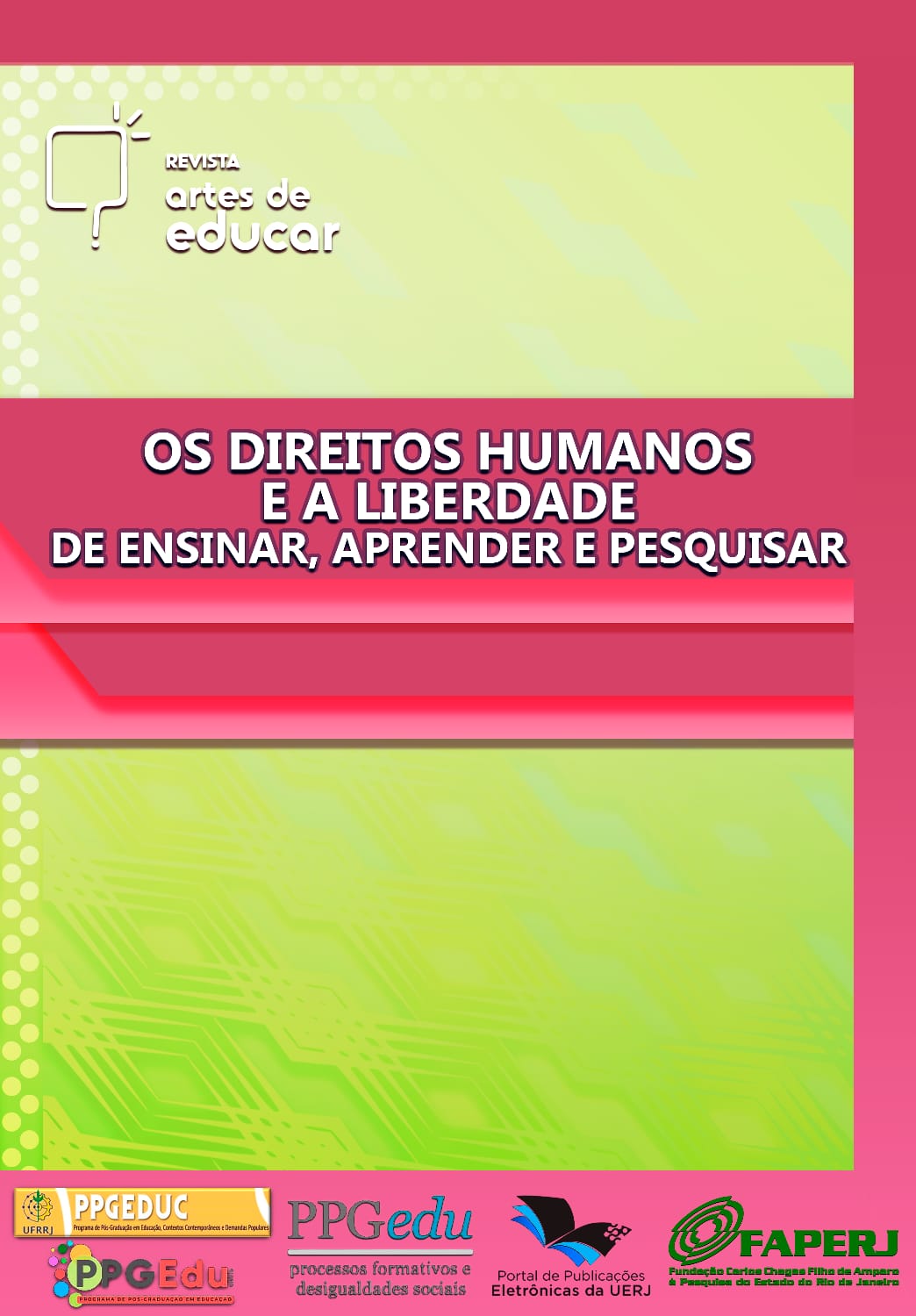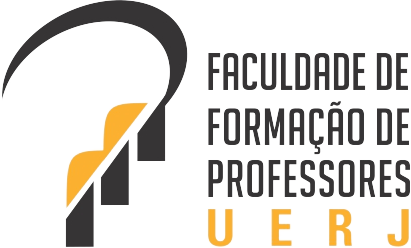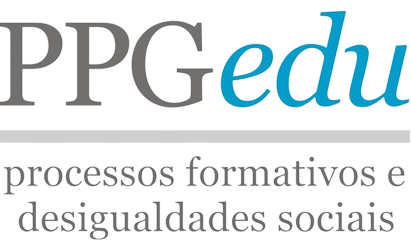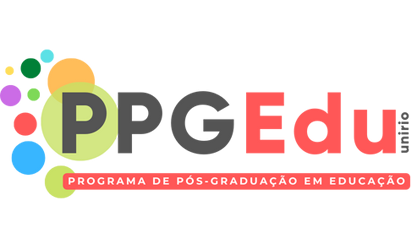Tão perto e tão longe: por um ensino de Geografia que fotografe a construção de uma Educação mais cidadã
DOI:
https://doi.org/10.12957/riae.2024.81556Palavras-chave:
Educação Cidadã, Ensino de Geografia, Cidade, FotografiaResumo
A partir de um recorte de uma pesquisa maior e já finalizada, este artigo tem como objetivo geral refletir sobre a importância de uma educação cidadã na constituição dos alunos no movimento de pertencimento e, ainda, entender, por meio da fotografia, a posição desses alunos na sociedade, enquanto cidadãos em formação, materializada por eles na autoria da fotografia. Como aportes teóricos, são cotejadas contribuições que versam sobre uma educação cidadã e de direito à cidade, tais como Santos (1986; 2000; 2008), Carlos (2007; 2021), Cavalcanti (1998; 2008; 2012), Harvey (2004; 2014), Gonçalves e Rosa (2021), Orlandi (2004; 2015; 2017; 2020), Rufino (2019); e, ainda, discussões acerca da fotografia como artefato cultural, como Alves (2013) e Kossoy (1994; 2002). Como resultados e após a análise de um corpus de fotografias realizadas pelos alunos de duas escolas (uma pública e a outra privada), é possível assinalar que, além da apreensão do conhecimento e significação atribuída pelos alunos ao que foi discutido nas aulas de Geografia, as perspectivas revelaram a posição dos sujeitos na sociedade e como cada grupo social se apropria pelos espaços da cidade pelas experiências dos seus cotidianos. Os significados atribuídos pelos alunos para os conteúdos trabalhados e a sua vivência nos lugares da cidade possibilitaram observar algumas questões importantes a serem exploradas e aprofundadas no que tange dar aos alunos a possibilidade de ‘verouvirsentirpensar’ os espaços da cidade. Mais uma iniciativa, pois, de se vislumbrar a garantia de uma educação mais cidadã.
Publicado
Como Citar
Edição
Seção
Licença
Copyright (c) 2024 MARISTELA PETRY CERDEIRA

Este trabalho está licenciado sob uma licença Creative Commons Attribution-NonCommercial 4.0 International License.
Os autores mantêm os direitos autorais dos seus trabalhos, têm permissão para publicar e distribuir seu trabalho online (ex.: em repositórios institucionais ou na sua página pessoal) a qualquer ponto antes ou durante o processo editorial, já que isso pode gerar alterações produtivas, bem como aumentar o impacto e a citação do trabalho publicado.
A aceitação do texto implica na autorização e exclusividade da Revista Interinstitucional Artes de Educar acerca do direito de primeira publicação, os trabalhos publicados estão simultaneamente licenciados com uma licença Creative Commons Atribuição-Não Comercial 4.0 Internacional 























